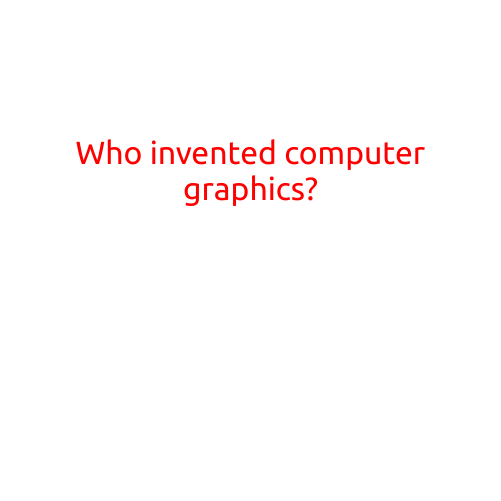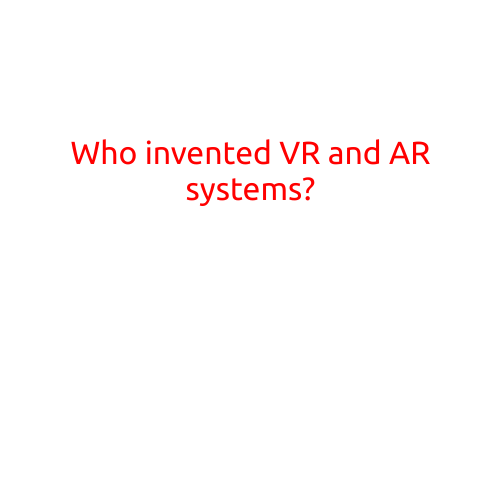
Who Invented Computer Graphics?
Computer graphics, the art and science of generating and manipulating visual content using computers, has a rich and fascinating history. From the early days of graphics programming to the stunning visuals of modern video games and movies, the evolution of computer graphics has been driven by innovators who pushed the boundaries of technology. In this article, we’ll explore the pioneers who invented computer graphics, paving the way for the impressive visual effects we enjoy today.
The Early Years: Ivan Sutherland and Sketchpad
The concept of computer graphics dates back to the late 1950s, when mathematician and computer scientist Ivan Sutherland created the first computer-aided design (CAD) software, Sketchpad. Released in 1963, Sketchpad was a revolutionary program that allowed users to create and manipulate geometric shapes on a computer screen. Sutherland’s work laid the foundation for the development of computer-aided design (CAD) software and computer graphics as a whole.
The First Graphics Processor: Douglas Engelbart
In the 1960s, computer scientist and inventor Douglas Engelbart developed the first graphics processing unit (GPU), known as the oN-Line System (NLS). This computer system included a graphics processing unit (GPU) that could perform graphics operations in real-time, enabling users to interact with graphics on a computer screen. Engelbart’s innovations in computer graphics and human-computer interaction have had a lasting impact on the field.
3D Graphics and the Birth of Computer-Aided Manufacturing (CAM)
The 1970s and 1980s saw significant advancements in computer graphics, particularly in the development of 3D graphics and computer-aided manufacturing (CAM). Computer scientist and mathematician Edwin Catmull, along with David Baraff, developed the first 3D graphics software, called Mathematica, in 1972. Their work enabled the creation of 3D models and animations, paving the way for computer-generated imagery (CGI) in film and television.
Graphics and Animation in Film and Television
The 1980s and 1990s saw the rise of computer-generated imagery (CGI) in film and television. Pioneers such as John Knoll, Andrew Stanton, and Peter Schneider made significant contributions to the development of computer graphics for storytelling. Their work on films like “Tron” (1982), “Beauty and the Beast” (1991), and “Toy Story” (1995) revolutionized the art of animation and computer graphics.
Modern Computing and the Age of Real-Time Graphics
The advent of modern computing, characterized by the development of high-performance graphics processing units (GPUs) and central processing units (CPUs), has enabled the creation of stunning graphics and animations in real-time. Today, computer graphics are used in a wide range of applications, from video games and movies to architectural visualizations and medical imaging.
Conclusion
The invention of computer graphics is a testament to human innovation and the power of collaboration. From Ivan Sutherland’s Sketchpad to the modern computing era, pioneers in computer graphics have pushed the boundaries of technology, enabling us to create stunning visuals that captivate and inspire us. As we continue to advance in the field of computer graphics, we stand on the shoulders of these innovators, building upon their discoveries and innovations to create a brighter, more visually stunning future.





